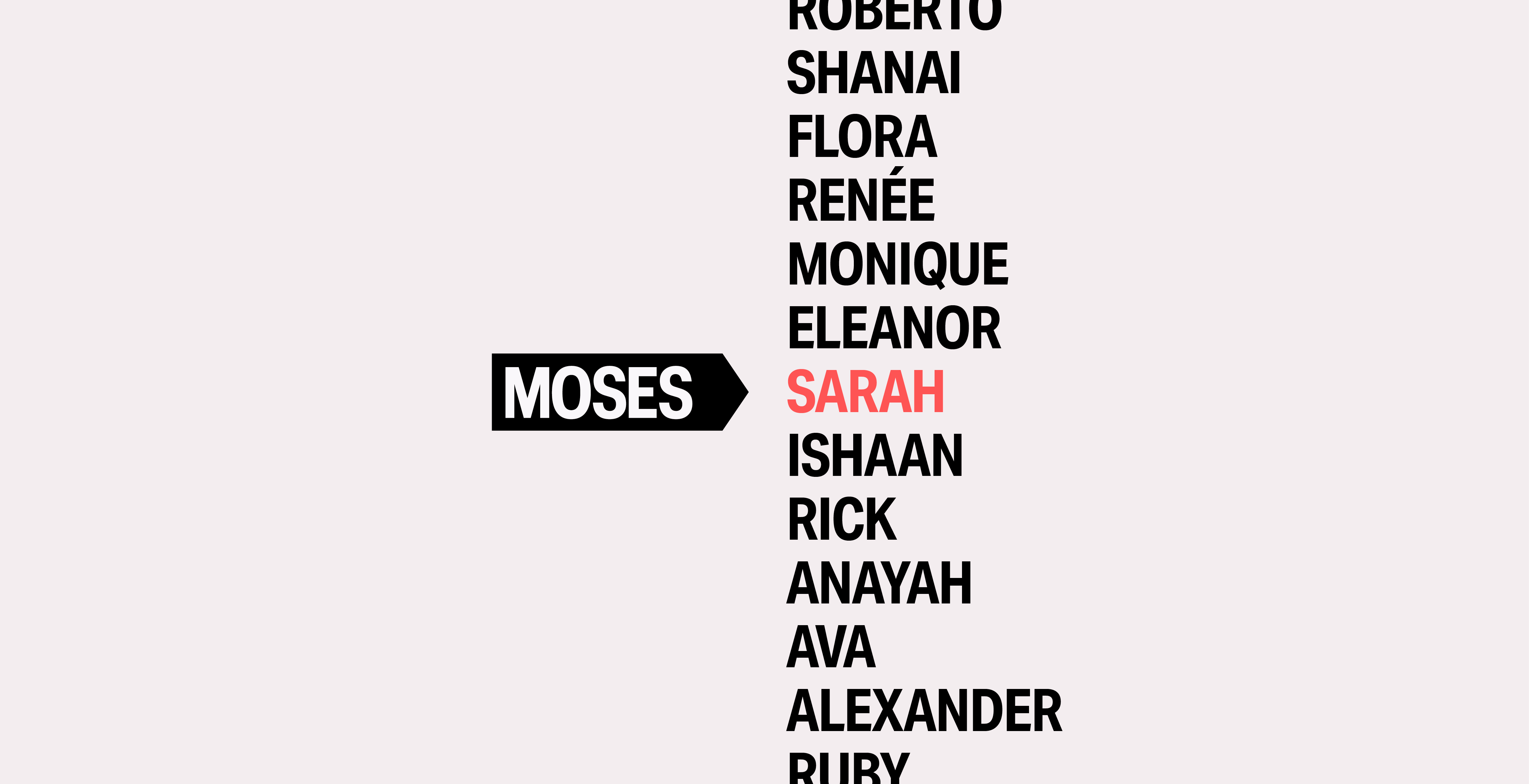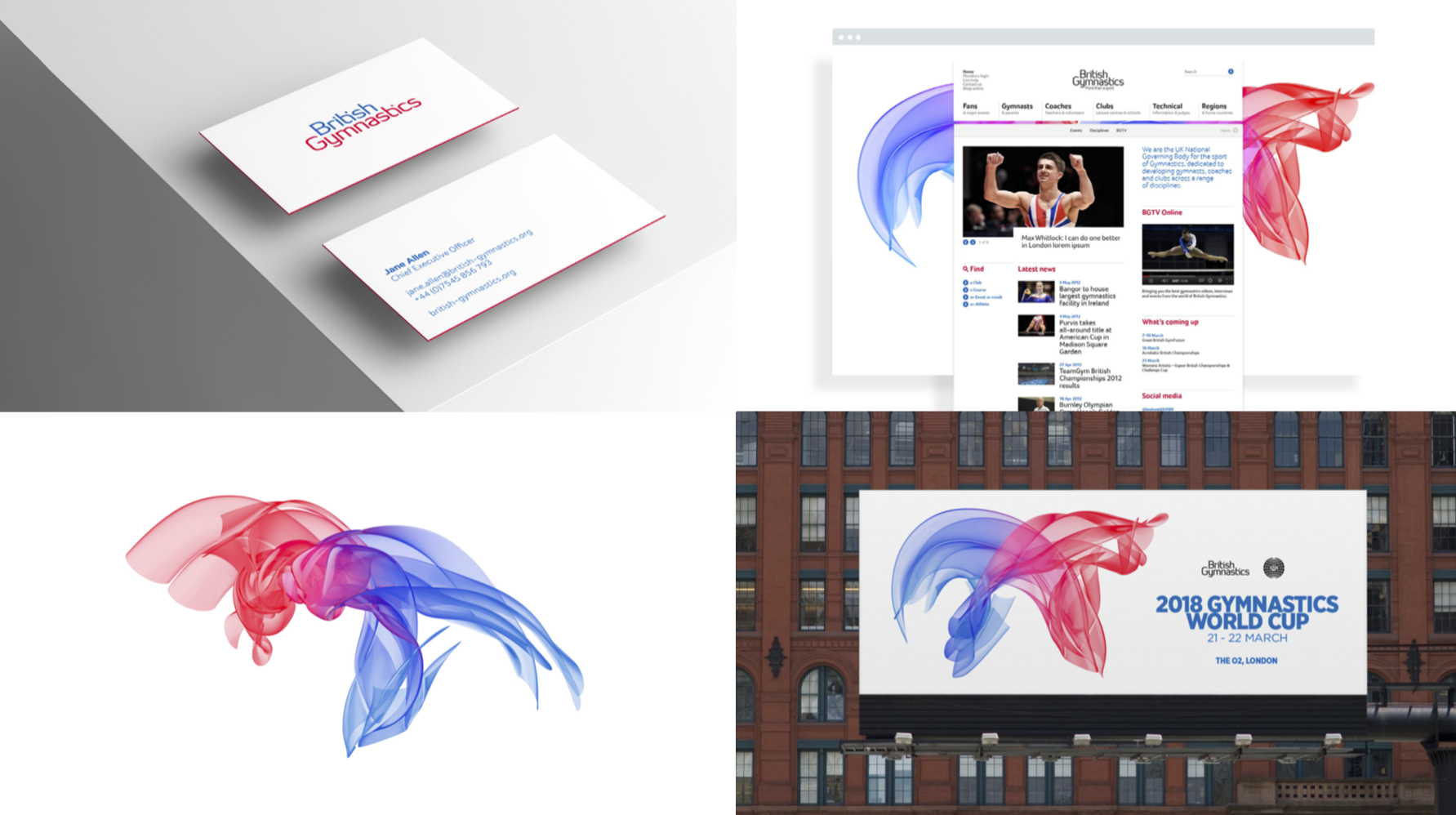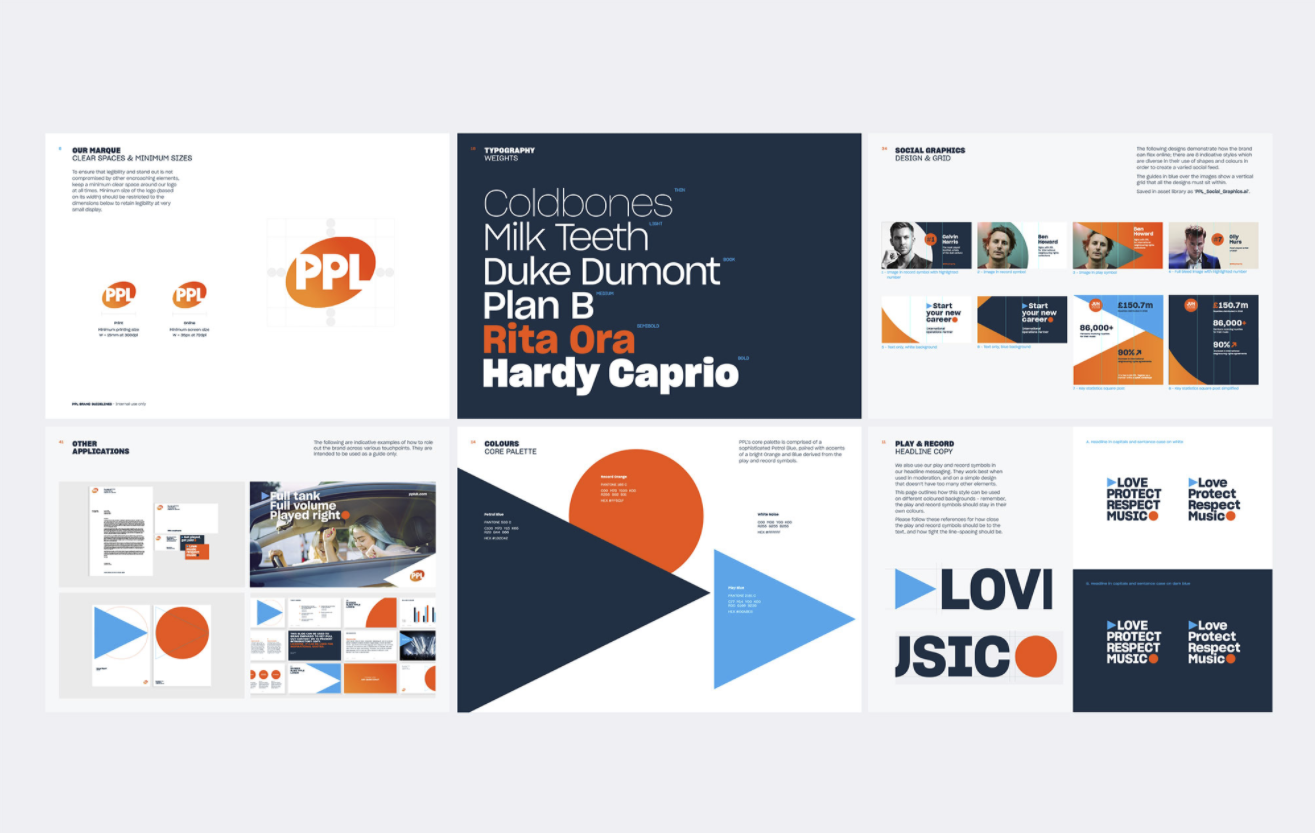Branding your startup: How to build a brand from scratch
More and more, we are being approached by growth businesses looking to brand their new ventures or startup ideas. And it’s no wonder: across the 2018/2019 tax year, there were a reported 670,000 startups founded in the UK*, which is more than one company formation every minute!
But, when you decide to take the plunge and start your own business, where do you begin?
Getting to market in the shortest time possible is often the number one priority, and we don’t blame you. But you would be missing the fundamental importance of branding for startups.
The focus has to be on getting your startup’s brand identity to a place that ensures you can move forward with intent, whether this is for investment or launch. But because of this, startup branding is often approached out of necessity and is overlooked for the real benefits it will bring to your business.
Yes, you may need a logo but we believe one of the biggest mistakes a business can make in early startup development is to go only skin-deep with the development of its brand.
You’ve heard the phrase “go cheap, pay twice” – well, the same stands when it comes to branding advice for startups. Fail to invest time and effort at the beginning, and you’ll end up spending more money later down the line. Not only that, but a well-constructed brand can provide your startup with credibility and stature, making it tangible and attractive to your customers.
Here, you’ll find our top 5 tips – or beliefs – when it comes to successful startup branding.
#1
#1. Brand is an investment
Branding your startup is not just a requirement to tick off the list. Done right, your brand and identity can be a real money maker. BEAR’s founding client, Foxtons, selling for £390 million in 2007, with its brand a lucrative item on the balance sheet, is just one example. Amazon’s recent purchase of Whole Foods for $13.7bn, another.
A strong brand creates value.
A well-defined strategic branding process – one that uncovers the key elements of your business offer and USPs, competition and customers – will help your business communicate customer value more clearly.
Communicate clearly, and customers identify with you quicker. Their purchase decisions are made shorter. Master your brand tone of voice, and it’s capable of stirring the emotions of your customers. Brand ambassadors are created.
Arm your business with the knowledge of what to communicate and you’ll remove the uncertainty when trying to solve every individual brand communication brief. This will save even more time and money later down the line and help you to grab the attention of your customers, time and time again.
#2
#2. Taking one step back is the biggest step forward.
Before investing in the creation of your brand, we always recommend that clients take a step back to get under the skin of their business and define what sets them apart from their competitors.
Where does your difference exist?
Price, quality, speed, value, customer service… all of these can create clear water against the competition, but not forever. Today, organisations have to stand for something to stand out – and that means having a clearly communicated purpose.
For us, purpose is the reason you exist and why you get up in the morning. It gives your customers a reason to believe in you. If you can communicate this difference to your customers in a clear and compelling way, it will help you to defend, grow and sustain business.
What do you stand for, and stand out for?
We truly believe that if you’re able to define and communicate your purpose, you’ll be able to build a brand that stands head and shoulders above the rest of your competition. By creating a clear bloodline from your business purpose through to your business values, behaviours and tone of voice, you’ll build consistency, clarity and confidence into your brand and its communications. Ultimately, this helps to build cohesion between what your business says, and everything it does.
#3
#3. Naming isn’t everything.
Brand naming can be an emotive and contentious part of any branding process. It’s the stage that can often feel the most daunting, difficult and permanent – meaning many startups and businesses get caught up in the decision-making process and end up going around, and around, and around, in endless circles.
Startup brand names aren’t the be-all and end-all.
It’s near impossible today to find a name that isn’t being used by another business – and it’s even harder to find one with an available .com or .co.uk URL. Begin with this in mind, and the pressure begins to ease.
It’s also easy to forget that many business names wouldn’t make a whole lot of sense outside of their brand world. Just look at the Sunday Times Tech Track 100: Revolut, Bizuma and Onfido all sit in the top ten fastest-growing UK businesses as a reminder to us all that you can build a hugely successful business with a bit of a ‘random’ name.
Naming does need to be handled delicately, with a clear process and simple parameters in mind. And of course, due diligence is important… as is being pronounceable, distinctive and credible. But what’s even better? A name that is informed by what sets your business apart, and one that tells a story. Don’t worry if you end up needing to explain your startup name in the early days. A bit of mystery never hurt any business – and the right name invites people to hear your brand story.
What did we name a ride-sharing startup whose USP lay in getting it’s riders directly to their destination? Moses. Want to know why we’re called BEAR? The three people who set up our business – Ben, Eddie And Roberto – wanted to be named after an animal. Simple.
#4
#4. A brand is not a logo.
Branding is all too often associated with being ‘just a logo’, a colour scheme and some typography because they’re easy to understand. In reality, your brand is everything your business thinks, says and does – and most importantly, it’s everything that your customers use to understand who you are and what you stand for.
Now, that’s not to say you can’t just build a logo.
There are many freelancers and services out there that allow you to do just this – but that’s not where we sit. At BEAR, we believe that your logo should work in seamless partnership with your imagery, graphic language and communications to effectively promote your business message and its benefits. It’s bespoke.
We use your startup branding strategy to define a graphic identity for your business that goes far beyond your logo. Armed with a communication platform and strong brand identity defined through visual guidelines, your teams are much better placed to tackle any marketing challenges that lie in front of them.
#5
#5. Guidelines, guidelines, guidelines.
We know it’s tempting to skip investing in guidelines in the beginning. It feels all too easy to roll out consistent branding when you’re working in a small team, and guidelines often take the place of something to think about later.
The problem is that by the time you’re ‘ready’ for guidelines, all the hard work that went into defining your brand in the first place has often gone to the wayside. Guidelines ensure that all of your communications – visual or verbal – moving forward are in line with your new brand. They remove the need for interpretation.
One of our favourite examples of guidelines is Uber. We’re not expecting any startup to have anywhere near the level of branding investment as Uber did during its 2018 rebrand, but the principles still fit. Host your guidelines online for all to access, and you’ll ensure that every single person joining or working on behalf of your business is able to communicate ‘on-brand’. Trust us, that’s half the battle won. Marketing is a breeze when you get the fundamentals of your brand right from the start.
#6
If you’ve got any questions about branding your startup, drop a message to info@bearlondon.com or give the team a call on 0207 253 0333.
BEAR offers the following branding services for startups:
- Exploration & insight
- Strategic brand positioning
- Brand naming
- Brand identity
- Brand guidelines
- Tone of voice guidelines
- Content creation and motion behaviour
- Website design



